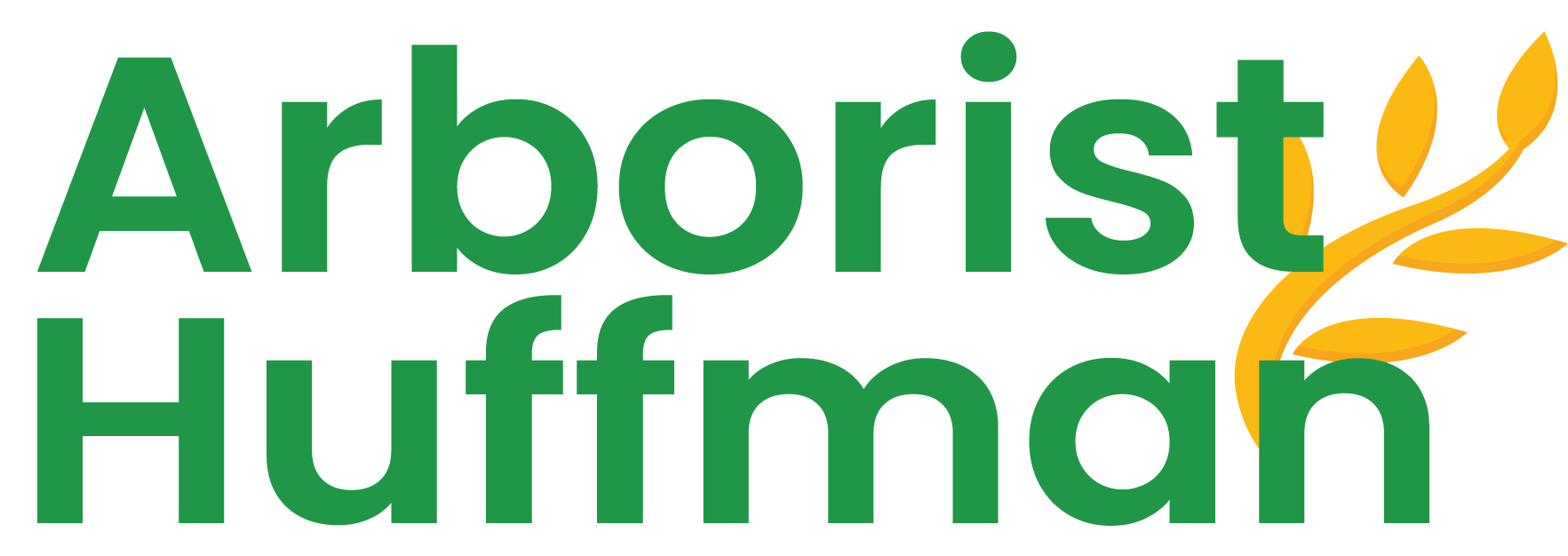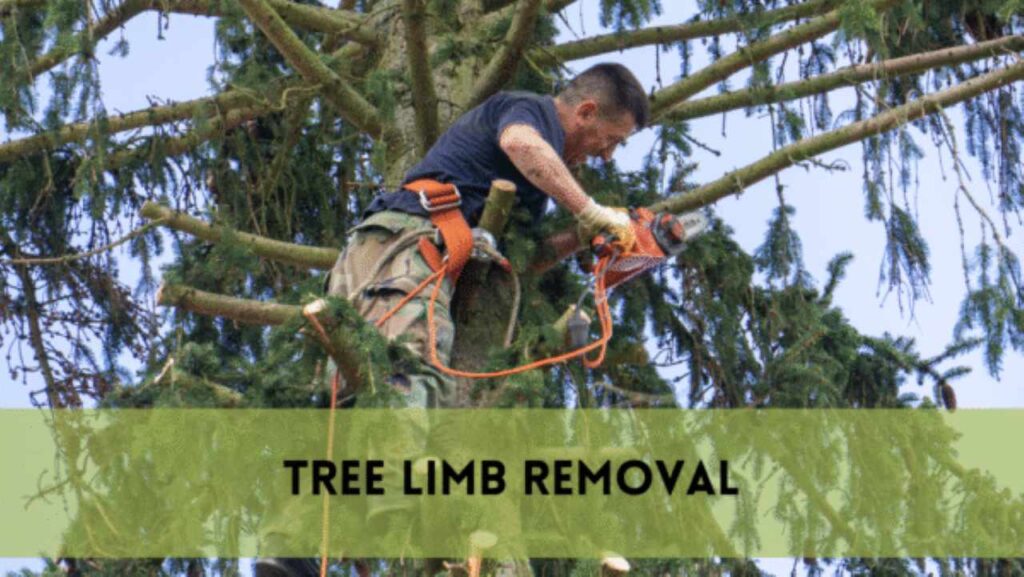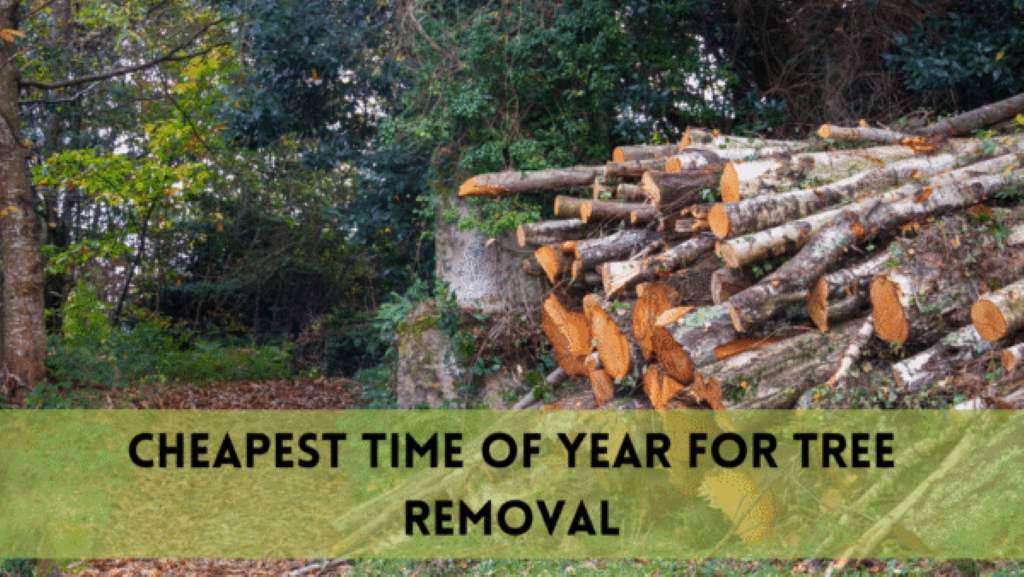Everyone needs Tree limb removal at some point. Dealing with tree limbs may be intimidating regardless of the cause—storm damage, overgrowth, or simple upkeep. Still, do not panic; we are here to help you through the process.
Why Removal of Tree Limbs Is Crucially Important
Why is tree limb removal so crucial first of all? Well, your trees’ health and safety rule everything. One might find significant risks from dead or overhanging branches. Consider a vast branch falling on a windy night. Not a great idea, then?
Getting Ready to Remove Tree Limbs
Safety has to be your first concern before starting tree limb removal. Verify your gear is correct. This covers eye safety, a helmet, and gloves. Safety goes beyond clothing, however. It’s about understanding your behavior.
Trade Tools of the Year
Tree limb removal depends much on the correct instruments. You will want a strong ladder, a sharp saw, and maybe a chainsaw for more giant limbs. Smaller branches respond well with a pruning saw.
Evaluating the Situation for Tree Limb Removal
Spend some time looking at the tree. Which limbs should you use? Are they dead, wrecked, or simply in the way? Knowing the structure of the tree guides your cutting decisions.
Making the Cut
Regarding the cuts, there is a method to approach them. Cutting quite near to the trunk might damage the tree. Leave a little stub to enable the tree to heal correctly. Start initially with a little notch on the limb’s underside. This keeps the bark from ripping upon limb fall.
When Should Tree Limb Removal Take Place?
Tree limb removal requires timing. Removing best occurs during the dormant season, which usually occurs late winter before the fresh growth begins. But don’t delay if a limb is injured or immediately dangerous.
Taking Care of Big Limbs
Big limbs call for particular treatment. They are erratic and hefty. For this, you usually want to bring in experts. Their tools and knowledge enable them to manage large projects safely.
The Fallout from Tree Limb Removal
Once the limb is removed, your job is done. You have to tend to the leftover damage. A good cut will heal independently; nevertheless, you may assist by keeping the area tidy. Steer clear of wound sealants, as they more often do more damage than benefit.
Getting rid of Tree Limbs
Once removed, what do you do with all those limbs? One has several choices. You may take them to a recycling facility, chop them for firewood, or chip them for mulch. Specific neighborhoods even provide curbside yard garbage removal.
Professional vs. Do-It-Yourself Help
Although removing tree limbs may be a do-it-yourself project, sometimes it’s preferable to consult experts. Professionals can manage challenging tasks and more involved projects. They are trained to complete the work quickly and safely.
Cost of Removal of Tree Limbs
Tree limb removal takes cost into great weight. Though it is less expensive, doing it yourself has hazards. Although hiring experts will be more expensive, it guarantees the correct completion of the project. Get several quotations to determine a reasonable price.
Preserving Tree Health Following Removal
Watch your tree after the limbs have disappeared. As required, water and fertilize to keep it healthy. Frequent inspections help to avoid later issues.
Stopping Future Tree Limb Removal Necessity
The best therapy is prevention. Frequent trimming helps avoid the need for significant limb removal from trees. Keep your trees in a good and maintained state.
Field Stories: Experiences Removing Tree Limbs
Let’s listen to some true tales. One house owner related how a sudden storm caused a big branch to crash on their roof. They summoned experts who securely removed the leg without aggravating further harm. Another narrative centers on a do-it-yourselfer who personally handled a big limb. They did the work flawlessly and planned painstakingly.
Typical Mistakes in Tree Limb Removal
Many times, people remove tree branches and make blunders. One major is cutting too near the trunk. Another is neglecting appropriate safety gear. Plan and be careful to avoid these blunders.
Tree Limb Removal’s Environmental Effects
Consider the surroundings after you remove tree limbs. One excellent approach to pay back to nature is by mulching limbs. Steer clear of flaming limbs as they poll the air.
Removal of Tree Limbs and Local Rules
Review local rules before cutting tree limbs. Certain places have rigorous guidelines on tree care, and more significant works might require a permit.
The Part Tree Limb Removal Plays in Landscape Design
Landscape design depends much on tree limb removal. It will make your yard more beautiful. Eliminating ugly or dead branches can improve the curb attractiveness of your house.
The Direction Tree Limb Removal Is Going
Technology is altering limb removal from trees. Robotic tools and drones are starting to show a more significant presence. These developments make employment safer and more effective.
Conclusion
Tree limb goes beyond simple housework. Home upkeep and tree care depend on it. The correct technique can help you safely and successfully remove tree limbs. Recall that, in doubt, feel free to call on professionals. That way, you’ll be ready the next time you cut off a tree limb. You can keep your home secure and your trees healthy with the correct information and a few good tools.
FAQs
When is the best time of year for tree limb removal?
The dormant season is usually late winter, before fresh development starts, and is the most fantastic time to remove tree limbs. This period benefits the tree by allowing faster recovery and less stress.
Should I call a professional, or could I remove big tree limbs alone?
While homeowners may often safely remove small branches, specialists handle large limbs since they may be dangerous. They have the equipment and know-how to do the task swiftly and securely.
About tree limb removal, what instruments do I need?
To remove tree limbs, you’ll want a strong ladder, a sharp pruning saw for thinner branches and a chainsaw for larger limbs. Furthermore, safety precautions like gloves, a helmet, and eye protection are vital.
After removal, how must I discard the limbs?
Tree limb disposal can be done in various ways. You can chop them for mulch, cut them for firewood, or bring them to a recycling facility. Several towns provide curbside collection of yard garbage.
How may I stop the necessity for regular limb removal from trees?
Frequent trimming and care help avoid the need for significant limb removal. Maintaining your tree’s health, well-watered and fertilized, can help lower the risk of limb death or damage.




